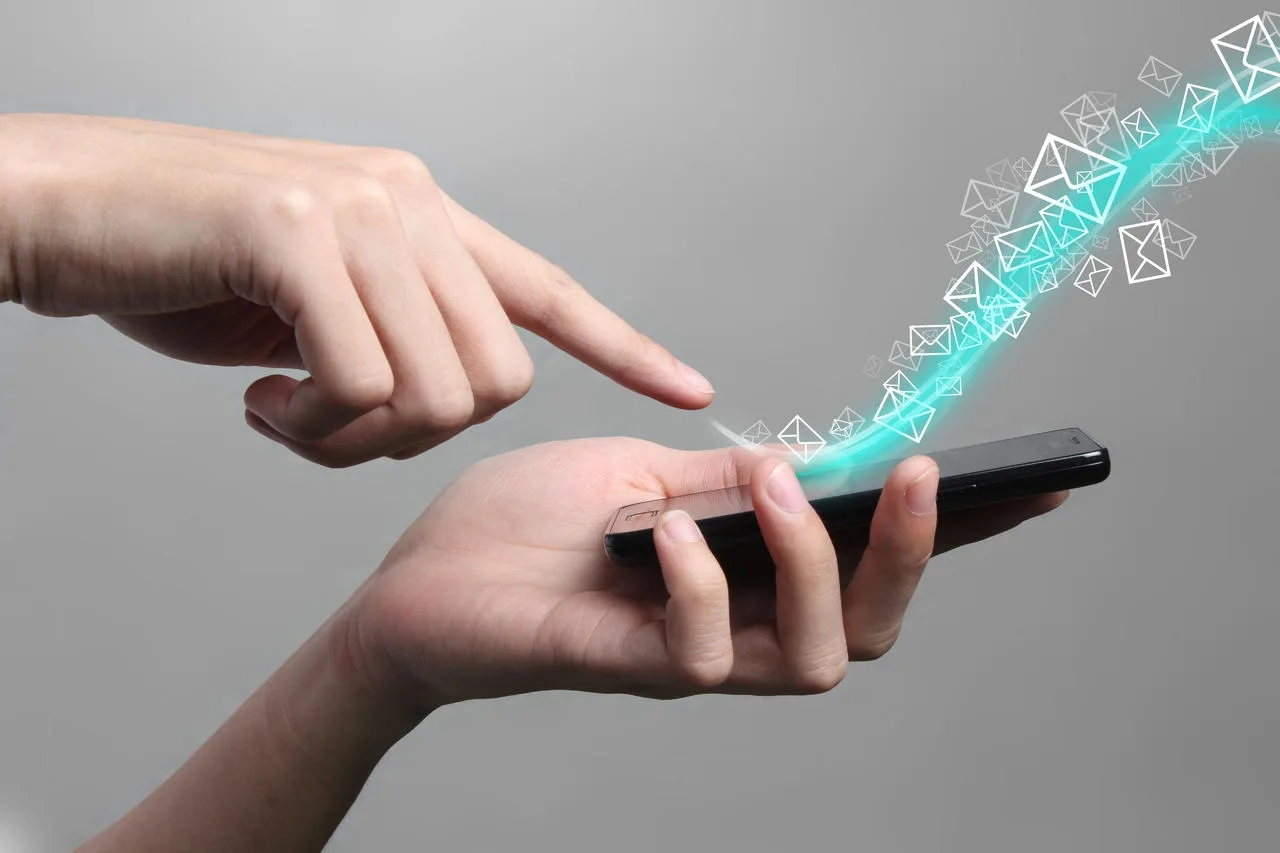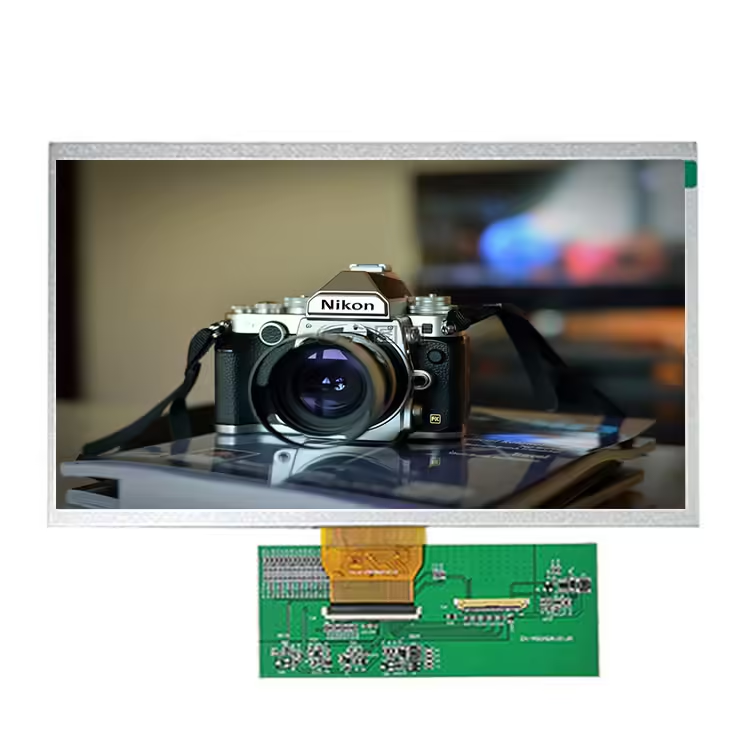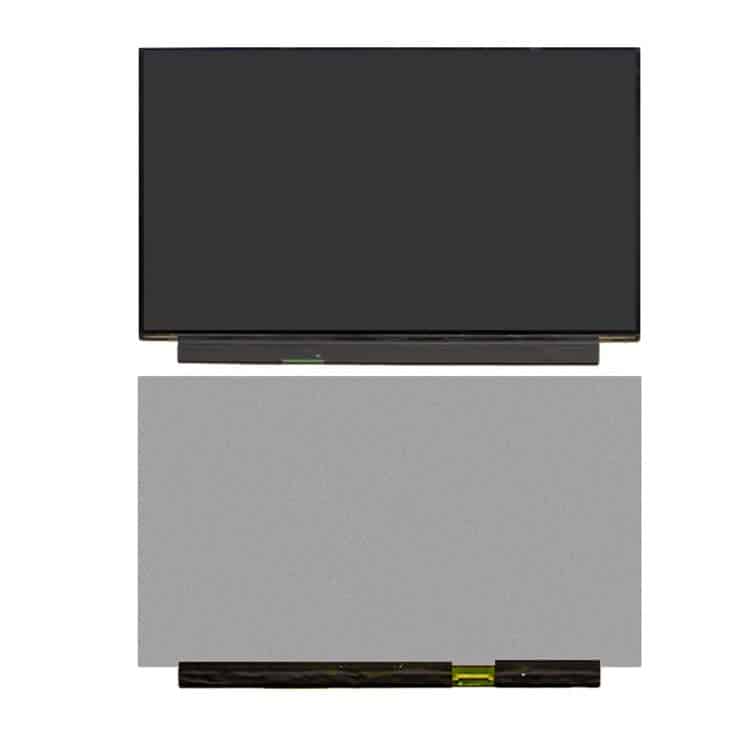TFT LCD display with touchscreen capabilities allow for more streamlined operations. It is being used in more and more areas. There are five types of touchscreen technologies, offering benefits and limitations, namely in the areas of cost, picture quality, touch sensitivity and durability.

Factors to consider
Important performance specifications to be considered when deciding which type of TFT touchscreen to use in your project.
Touch type – TFT touchscreens discussed earlier have distinct advantages and disadvantages. Choice is hence a compromise, by weighing pros against cons. Projected capacitive touch is ideal for harsh, industrial and outdoor applications. IR type will not be a good fit for such applications. However, if clarity if important, then IR type touchscreen will be a good selection.
Accuracy of touch – This is the capability of providing reliable touch performance in devices when the TFT touchscreen is subjected to surrounding electric or magnetic noise. User must be able to correctly select target on screen without accidentally touch adjacent object.
Touchscreen resolution – Here we refer to the number of active touch-point and simultaneous touch-point supported by TFT touchscreen. This affects pointing precision and selection errors. A higher resolution screen provides additional touch-points and greater pointing.
Response time – The shorter time a TFT touchscreen responds to a touch, the better user would feel about the touchscreen. Research shows that humans need less than 10ms to feel comfortable a touch response. SAW touchscreen has the shortest response time, about 10ms. Whereas IR has a higher response time of around 20ms.
Clarity – Touchscreens are normally attached on top of the TFT LCD. So there is loss of light and affect clarity of image. IR touchscreen has no overlay, hence its transmission is 95% ~ 100%, clarity is the best among all the touchscreen solutions. Resistive type has the lowest rating in this area.
Environment – Selection of TFT touchscreen is also based on the product’s deployment environment. If the TFT touchscreen working environment is in outdoor and harsh conditions, then the selection should be focused on the type that can withstand dust, temperature, moisture, etc.
Life expectancy – In an actively used situation, TFT touchscreen’s degradation in performance is expected. Longevity of IR touchscreen is about five years, capacitive type has a shorter life of around two years.
Summary
There are many factors to consider in the proper selection of a touchscreen, primarily on the application and the environment in which it will be used. If you need more information on choosing a touch screen technology that best suits your project, feel free to leave us a message by clicking “Contact us” button below.






